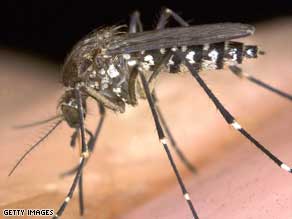 Radiocarbon dating results show deep-sea "corals" with proteinaceous skeletons such as the pictured Gerardia sp. on basalt outcrop, Hawai'ian Islands, are feeding on recently exported young and fresh particulate organic matter and that individual colony longevities are on the order of thousands of years. Credit: NOAA's Hawaii Undersea Research Laboratory (HURL)
Radiocarbon dating results show deep-sea "corals" with proteinaceous skeletons such as the pictured Gerardia sp. on basalt outcrop, Hawai'ian Islands, are feeding on recently exported young and fresh particulate organic matter and that individual colony longevities are on the order of thousands of years. Credit: NOAA's Hawaii Undersea Research Laboratory (HURL)From Live Science:
Deep-sea corals are the oldest living animals with a skeleton in the seas, claims new research that found a 4,265-year-old coral species off the coast of Hawaii.
Deep-sea corals, which are threatened by climate change and pollution like shallow water corals are, grow on seamounts (mountains rising from the seafloor that don't reach the ocean's surface) and continental margins at depths of about 1,000 to 10,000 feet (300 to 3,000 meters).
These corals play host to many other marine organisms, and are hotspots of ocean biodiversity. The largest coral reef system in the world is the Great Barrier Reef off the coast of Queensland, Australia. Big reefs are also found in the Red Sea, along the coast of Mexico and Belize, the Bahamas and the Maldives.
Read more .....















































